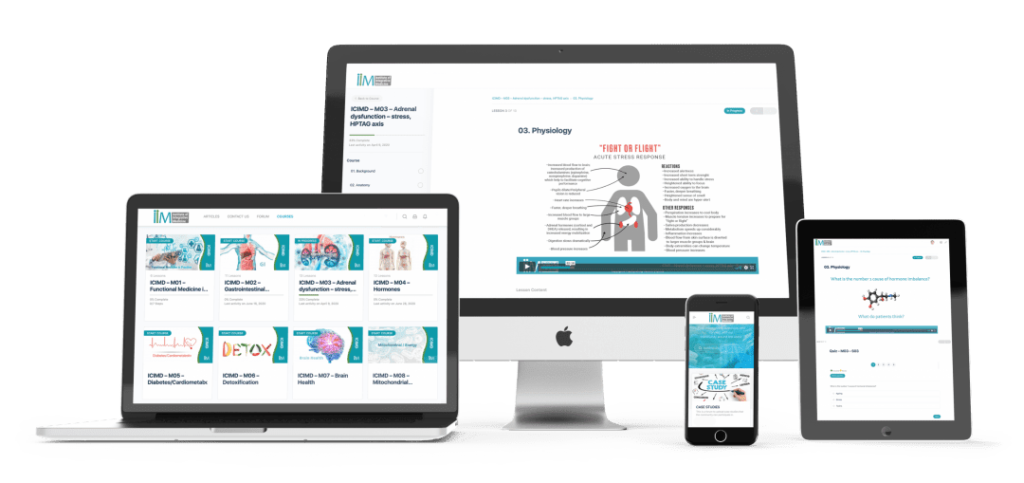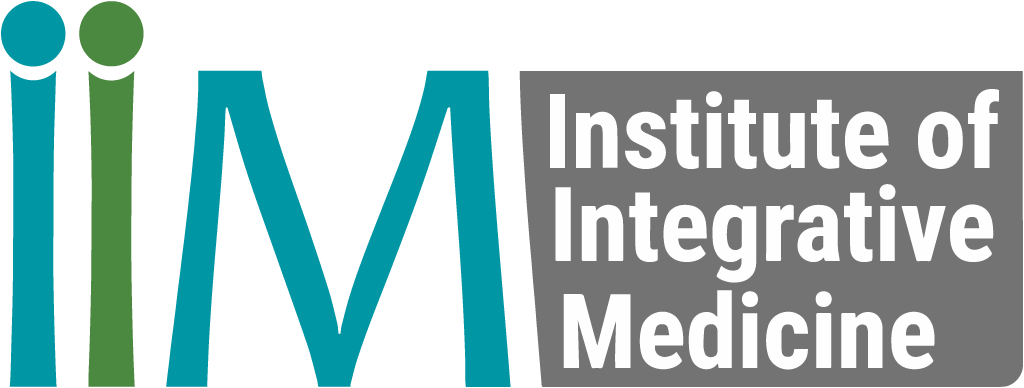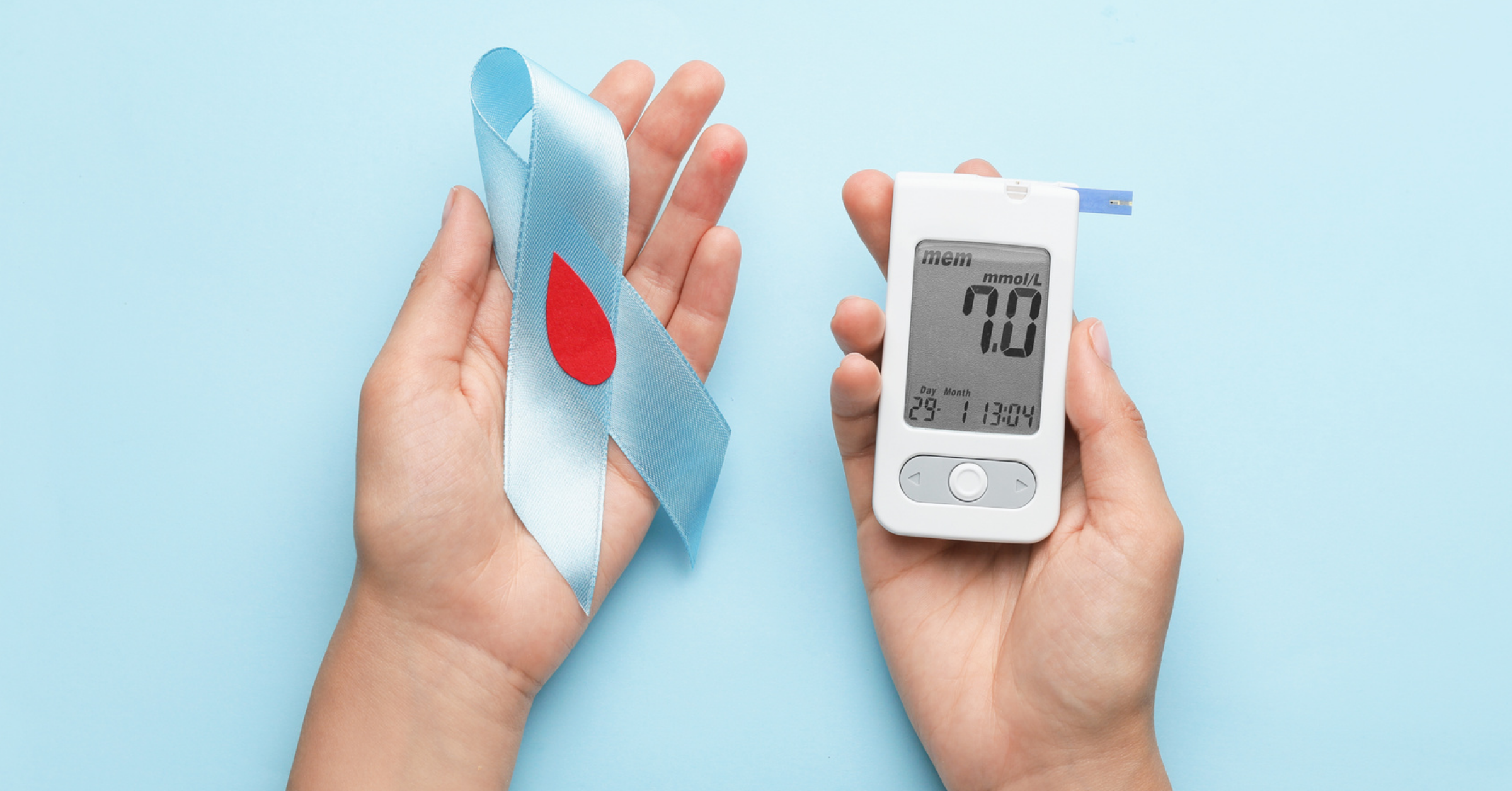Integrative Approach to Type 2 Diabetes: Practical Guidelines for Clinicians
The growing burden of type 2 diabetes (T2D) calls for a comprehensive approach to management. Combining conventional treatments with personalised lifestyle modifications can significantly improve patient outcomes. This includes stress management, regular physical activity, and evidence-based complementary therapies, alongside a well-rounded nutritional plan. By addressing the individual needs of each patient, clinicians can empower them to manage T2D effectively and live a better quality of life.
Type 2 diabetes (T2D) is a chronic condition characterised by insulin resistance and relative insulin deficiency, leading to hyperglycaemia. It is associated with a range of complications, including cardiovascular disease, neuropathy, retinopathy, and nephropathy. The global prevalence of T2D has been increasing steadily over the past few decades, with significant variations based on socio-demographic factors.
Epidemiology and Prevalence of Type 2 Diabetes

The burden of T2D has been rising globally, with the age-standardised incidence rate (ASIR) increasing from 184.6 per 100,000 population in 1990 to 259.9 per 100,000 population in 2019. The prevalence and mortality rates have also seen significant increases, particularly in regions with low socio-demographic indexes (SDI) . For instance, the ASIR in the low-middle SDI region saw the highest annual percentage increase, underscoring the need for targeted interventions in these areas.
Projections indicate that the global incidence of T2D will continue to rise, reaching 284.42 per 100,000 population by 2034. This trend emphasises the importance of effective management strategies to mitigate the growing burden of T2D and its associated complications.
Primary Treatment Approaches for Type 2 Diabetes
Conventional treatment for T2D primarily involves lifestyle modifications, pharmacotherapy, and regular monitoring of blood glucose levels. First-line pharmacological treatments often include metformin, sulfonylureas, DPP-4 (Dipeptidyl peptidase 4) inhibitors, and SGLT-2 (Sodium-glucose cotransporter 2) inhibitors. Despite these therapies, managing T2D in patients with comorbidities remains challenging due to the complex interplay of multiple health conditions and the risk of adverse drug interactions.
Integrative and Holistic Treatment Approaches
Integrative and holistic approaches to T2D management incorporate complementary therapies alongside conventional treatments. These strategies focus on the whole person, emphasising lifestyle changes, nutritional support, stress management, and physical activity.
Integrative medicine emphasises personalised care. HbA1c is glycated haemoglobin and is used as an indication of blood glucose levels to diagnose diabetes. The average target for most adults is about 7% (53 mmol/mol), however, targets can be adjusted based on factors such as:
- Age – Younger patients with a longer lifespan may benefit from a lower target if this can be achieved safely
- Risk of hypoglycaemia – High risk patients may require a slightly higher target to avoid hypoglycaemia
- Comorbid conditions – Individuals with advanced complications and limited life expectancy may require a less strict target
- Patient preference – Including patients in decision making is essential to optimise treatment satisfaction and adherence
New Evidence on Medication with Cardiovascular and Renal Benefits

Glucagon-like peptide 1 receptor agonists (GLP-1 RA) and sodium glucose co-transporter 2 inhibitors (SGLT2i) have revolutionised diabetes treatment, especially for patients with cardiovascular disease, heart failure, and chronic kidney disease.
- GLP-1 RAs – These medications are useful for lowering blood glucose, but also promote weight loss and reduce risk of cardiovascular events, particularly in patients with established CVD
- SGLT2i – These medications help manage blood glucose levels by inducing glucose excretion in the urine. This is beneficial for patients with heart failure and chronic kidney disease and is shown to reduce hospitalisations and slow the progression of kidney disease
Evaluating Medication – Considering Side Effects
When prescribing, always consider the patient’s overall health profile and potential side effects:
- Metformin – Common first line therapy due to effectiveness and safety profile
- DPP-4 inhibitors – Generally well tolerated with a low risk of hypoglycaemia
- Insulin – Necessary for severe hyperglycaemia or individuals who cannot achieve glycaemic control with other medication
- GLP-1 RAs and SGLT2i – Preferred choice for patients with CVD or CKD – May cause gastrointestinal side effects (GLP-1 RAs) or dehydration and genital infection (SGLT2i)
Individualised Treatment Based on Patient Characteristics
- Younger patients – More aggressive HbA1c targets and therapies that promote weight loss and reduce cardiovascular risk
- Older adults – Less stringent HbA1c targets, prioritising patient safety and minimising risk of hypoglycaemia
- Comorbidities:
- CVD – Preference for GLP-1 RAs or SGLT2i
- CKD – Preference for SGLT2i
- Hypoglycaemia risk – Choose medications with low hypoglycaemia risk – DPP-4i or GLP-1 RA
- Type 2 diabetes weight loss medication – Certain diabetes medications have high efficacy for weight management including semaglutide and tirzepatide.
Practical Tips for Clinicians:

Nutritional Interventions:
- Encourage patients to adopt a balanced diet rich in whole grains, fruits, vegetables, lean proteins, and healthy fats
- Incorporate personalised nutritional counselling to address individual dietary preferences, cultural practices, and specific metabolic needs
Physical Activity:
- Advocate for regular physical activity tailored to the patient’s fitness level and preferences. Aim for at least 150 minutes of moderate-intensity exercise per week
- Integrate mind-body exercises like yoga and tai chi, which not only improve physical fitness but also reduce stress and enhance mental well-being
Stress Management:
- Educate patients on the impact of stress on blood glucose control and overall health
- Recommend practices such as mindfulness meditation, deep breathing exercises, and cognitive-behavioural therapy to manage stress effectively
Herbal and Complementary Therapies:

- Evaluate the use of evidence-based herbal supplements such as berberine, cinnamon, and fenugreek, which have demonstrated potential in improving glycaemic control. To take a closer look at more evidence-based herbal supplements, have a look at the IHP Mastery Program
- Ensure patients disclose all complementary therapies to avoid potential interactions with conventional medications
Patient Education and Support:
- Provide continuous education on diabetes self-management, including blood glucose monitoring, medication adherence, and recognising signs of hypo- and hyperglycaemia
- Establish support systems such as diabetes education programs and support groups to foster community and peer support
Combining Conventional and Integrative Techniques
The integration of conventional and holistic approaches offers a comprehensive strategy for managing T2D. Clinicians should tailor treatments to individual patients, considering their unique medical history, lifestyle, and preferences. Combining these approaches can enhance patient engagement, improve adherence to treatment plans, and ultimately lead to better health outcomes.
Conclusion
The rising global prevalence of T2D necessitates a multifaceted approach to management that combines conventional treatments with integrative and holistic strategies. By adopting an individualised approach, clinicians can address the unique needs of each patient, improving outcomes and enhancing quality of life. Practical tips for incorporating these strategies include personalised nutritional plans, regular physical activity, stress management techniques, and the informed use of complementary therapies. As the burden of T2D continues to grow, particularly in low and middle SDI regions, it is crucial to implement comprehensive, evidence-based interventions that cater to diverse patient populations.
In summary, the integration of holistic and conventional methods in T2D management holds great promise. By focusing on the whole person and addressing both medical and lifestyle factors, clinicians can more effectively manage this chronic condition and improve the lives of their patients. Integrative medicine is coming to the forefront for optimal patient care. Understanding how to utilise integrative medicine and leverage its strengths empowers clinicians to create personalised treatment plans, ensuring each patient’s specific needs are met. By embracing this integrative approach, clinicians can not only strengthen their practice and improve patient outcomes, but also contribute to a more sustainable healthcare system.
How do I Become a Functional Medicine Practitioner to learn more about Integrative Approaches to Type 2 Diabetes?

The Institute of Integrative Medicine is a global leader in the field of Integrative Medicine Education. Integrative medicine aims to be at the forefront of modern technology and new discoveries and focuses on the root cause of disease. By embracing integrative medicine, medical doctors can empower patients with type 2 diabetes to become active participants in their own health. This holistic approach addresses not just blood sugar control, but also the emotional and lifestyle factors that influence the disease. This not only improves patient comfort and satisfaction, but also equips them with the tools for long-term management, ultimately reducing the burden on healthcare systems. We offer certified online courses helping you to take charge of your practice and improve the quality of life for your patients. Find out more about the courses we offer today!

